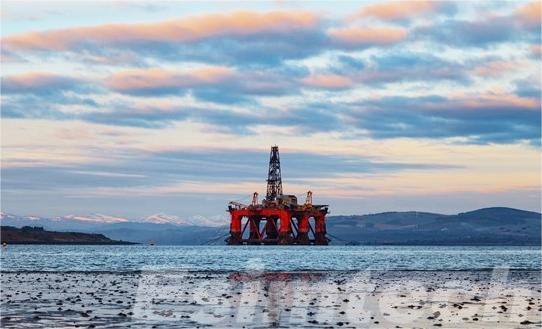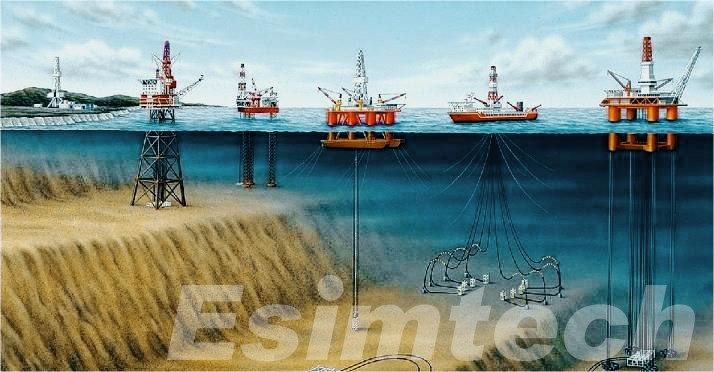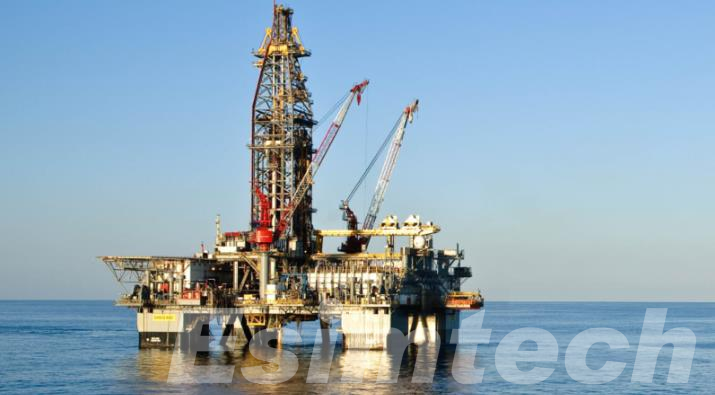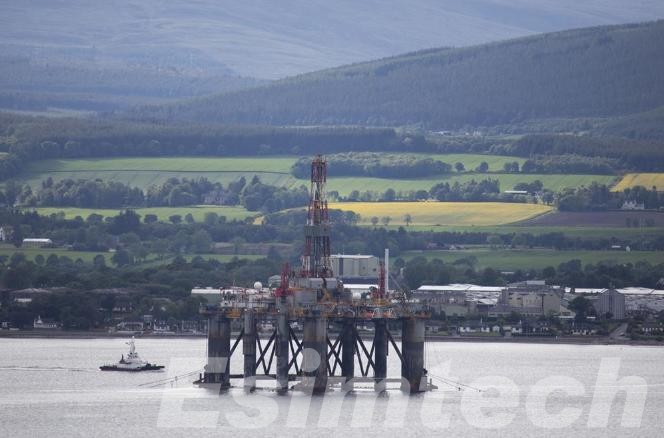How to Balance Offshore Exploration with Ocean Protection
The vast potential of offshore resources, from oil and gas reserves to wind farms, fuels our economies and holds promise for a sustainable future. However, exploration activities can have a significant impact on the delicate marine environment. Finding a way to balance these competing needs is crucial for ensuring both energy security and healthy oceans.

Environmental Concerns of Offshore Exploration
The environmental threats posed by offshore exploration are multifaceted and far-reaching. In seismic surveys, the sound cannons used to map resources, emit powerful sound waves that can disrupt vital communication and echolocation for whales, dolphins, and other marine life. This can lead to disorientation, impede migration patterns, and even cause physical harm. Drilling operations themselves carry the ever-present risk of oil spills. These spills can devastate marine ecosystems, smothering coral reefs, killing fish and marine mammals, and tainting food webs. The toxic components of oil can persist for years, hindering recovery efforts.
Furthermore, the infrastructure required for offshore exploration, such as pipelines and drilling platforms, can disrupt breeding grounds, alter ocean currents, and introduce invasive species through ballast water discharge from support vessels. These disruptions to delicate ecosystems can have cascading effects, impacting everything from plankton populations to apex predators.
Mitigation Strategies and Best Practices for Sustainable Offshore Exploration
Moving towards sustainable offshore exploration requires a multifaceted approach that minimizes environmental impact throughout the entire process. Here’s a deeper dive into key mitigation strategies and best practices:
1. Seismic Surveys
- Quieter Seismic Technologies: Traditional seismic surveys use loud airgun blasts to map the seabed. Research into alternative methods like vibroseis technology, which uses vibrations instead of sound blasts, offers a quieter and less disruptive approach.
- Seasonal Surveys: Marine mammals migrate seasonally. Scheduling seismic surveys during periods of lower activity in a specific area can significantly reduce the risk of disrupting critical behaviors like feeding and breeding.
- Marine Mammal Observer Programs: Deploying trained observers on survey vessels allows for real-time monitoring of marine mammals. If animals enter the survey area, operations can be adjusted or temporarily halted to minimize disturbance.

2. Drilling Practices
- Closed-Loop Drilling Systems: These systems capture and reuse drilling fluids, minimizing the amount of potentially harmful waste discharged into the ocean. The captured fluids are treated and recycled for further use, reducing overall water usage and potential contamination.
- Horizontal Directional Drilling: This technique allows drilling to reach targets from a remote onshore location, minimizing the physical footprint of offshore platforms and associated infrastructure. This can be particularly beneficial in sensitive ecological areas.
- Well Casing and Abandonment: Properly casing wells with multiple layers of steel tubing ensures containment and prevents leaks during operation and after well abandonment. Following strict well abandonment procedures upon decommissioning minimizes the risk of future environmental damage.
3. Habitat Restoration and Monitoring
- Impact Assessments and Mitigation Plans: Thorough environmental impact assessments (EIAs) should be conducted before exploration begins. These assessments should identify potential risks and outline mitigation plans to minimize damage.
- Habitat Restoration Programs: Following exploration activities, efforts to restore damaged ecosystems can be crucial. This may involve transplanting coral reefs, rebuilding seabeds disturbed by pipeline installation, or creating artificial reefs to promote marine life recolonization.
- Long-Term Monitoring: Post-exploration monitoring programs are essential to assess the long-term impact of activities and identify any unforeseen consequences. This allows for adaptive management strategies to be implemented if necessary.
4. Renewable Energy Exploration
- Offshore Wind Farms: Shifting exploration focus towards renewable resources like offshore wind farms offers a sustainable alternative to fossil fuel exploration. Wind farms generate clean energy with minimal environmental impact compared to traditional methods.
- Wave and Tidal Energy: Research and development of wave and tidal energy technologies hold significant potential for harnessing the ocean’s power without harming marine ecosystems.
By implementing these mitigation strategies and best practices, the environmental footprint of offshore exploration can be significantly reduced. This paves the way for a more sustainable future where we can meet our energy needs while safeguarding the health of our oceans for generations to come.

The Role of Regulatory Bodies
Regulatory bodies play a crucial role in safeguarding our oceans by acting as watchdogs and enforcers of environmental standards. Their responsibilities encompass several key areas:
- Environmental Impact Assessments (EIAs): Regulatory bodies should mandate thorough EIAs before granting exploration permits. These assessments should meticulously evaluate potential risks to marine ecosystems, habitats, and endangered species. Based on the findings, regulatory bodies can impose restrictions or even deny permits for projects with unacceptable environmental risks.
- Clear Operating Guidelines: Developing clear and comprehensive operating guidelines for exploration activities is essential. These guidelines should address issues like:
a. Permissible noise levels for seismic surveys.
b. Wastewater discharge regulations.
c. Safety protocols to prevent oil spills and other environmental incidents.
d. Strict decommissioning plans to minimize long-term environmental impact from abandoned infrastructure.
Robust Enforcement Mechanisms: Regulatory bodies need the authority to effectively enforce environmental regulations. This includes conducting regular inspections of exploration activities, imposing hefty fines for non-compliance, and even revoking permits for repeated violations. Transparency is also key – environmental data collected by companies should be readily available for public scrutiny, fostering accountability.
- International Collaboration: The ocean is a shared resource, and environmental threats don’t respect national boundaries. Collaboration between international regulatory bodies is crucial for developing and enforcing consistent best practices for sustainable offshore explorati, on. Sharing knowledge, expertise, and resources across borders can significantly improve the environmental performance of the industry as a whole.
By fulfilling these roles effectively, regulatory bodies can create a framework that incentivizes responsible exploration practices and discourages environmentally damaging activities. They play a vital role in ensuring that economic development and environmental protection go hand in hand.

Towards a Sustainable Future for Ocean Exploration
The path towards a sustainable future for ocean exploration necessitates a multifaceted approach. Firstly, continued investment in research and development is crucial. This includes exploring cleaner and more efficient technologies for existing exploration methods. For instance, research into quieter seismic techniques and closed-loop drilling systems with even higher capture rates will further minimize environmental disruptions.
Secondly, a significant shift towards exploring and developing renewable energy sources like offshore wind farms is essential. Renewable energy offers a long-term solution that doesn’t compromise the health of our oceans. Investing in offshore wind farm infrastructure and exploring the potential of other renewable marine energy sources like tidal and wave power can significantly reduce reliance on traditional offshore resources.
Finally, fostering international collaboration is paramount. The ocean is a shared resource, and its health transcends national borders. By establishing global environmental standards for offshore exploration, sharing best practices, and coordinating research efforts, nations can collectively ensure a sustainable future for our oceans. This collaborative approach will not only safeguard marine ecosystems but also promote responsible resource development practices across the globe.
By embracing these strategies, we can move towards a future where offshore exploration coexists harmoniously with ocean health. Sustainable exploration will ensure we meet our energy needs while preserving the ocean’s invaluable resources and the incredible biodiversity it supports.
Conclusion
The future of our oceans hinges on our ability to find a sustainable balance between exploration and protection. By embracing innovation, collaboration, and a commitment to environmental responsibility, we can ensure that the bounty of the seas continues to benefit humanity for generations to come.
